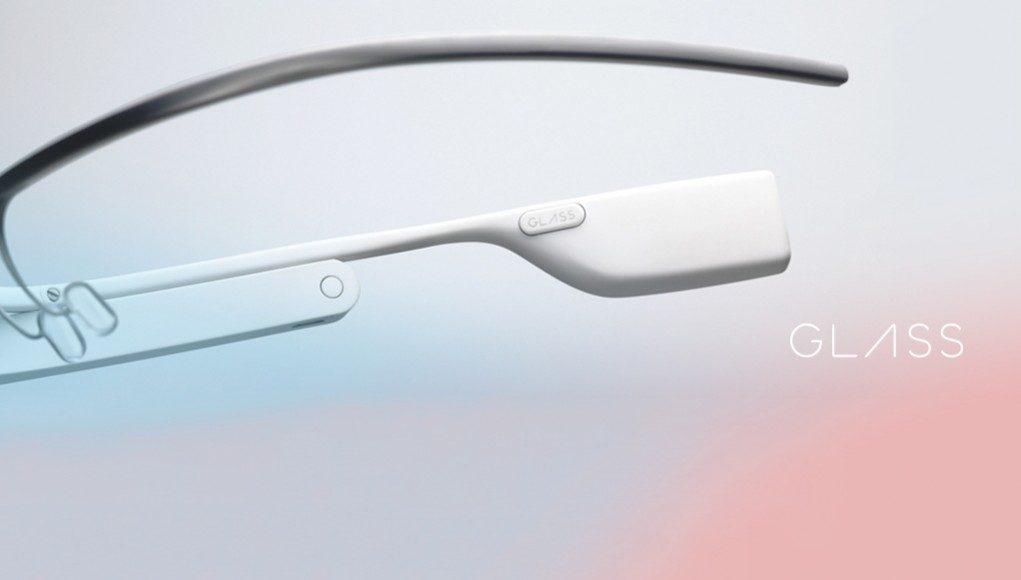Glassware not Apps
It would seem that Google won’t be running ‘apps’ proper on Glass. Instead they’re running services that they call ‘Glassware’.
“Glassware refers to the web services that can send content to and receive content from Glass. They range from services like Gmail, which let you know when you receive new messages, to Google Now where you can see your favorite sports team’s score on Glass.”
Developing for Google Glass
Google has launched the Google Glass developer center which features plenty of documentation on the Glass ‘Mirror’ API. Devs can use Java, PHP, and Python to program the unit.
For developers who want to create third-party Glassware, Google has prepared a developer ‘quick start’ guide if you want to learn how. You can also check out the Glass Playground to see what it’s like to write code for Glass cards.
Google has a section of developer guidelines where they describe some best-practices for Glassware. They summarize the major points:
- Design for Glass – Design, build, and test your application specifically for Glass to ensure that the user experience is appropriate.
- Don’t get in the way – Glass users expect the technology to be there when they want it and out of the way when they don’t. Don’t be too frequent and loud with notifications when the user doesn’t expect it.
- Keep it timely – Glass is a platform that is most effective when in-the-moment and up-to-date.
- Avoid the unexpected – Surprising users with unexpected functionality is bad on any platform, but especially on Glass, given how close it is to their daily experience. Be honest about the intention of your application, what you do on the user’s behalf, and get explicit permission before you do it.
Voice Commands
As for voice actions, the manual lists some of the things you can ask the unit to do:
- “ok glass…” — tells Glass to start listening for a command
- “google…” — initiates a search
- “take a picture”
- “record a video” — takes a 10 second video by default, you can tap the touchpad and select ‘Extend video’ to continue recording
- “get directions to…” — provides driving, walking, or biking directions
- “send a message to…” — sends an email (or SMS with the MyGlass app)
- “make a call to…”
- “hang out with…” — starts a Google+ Hangout session
Google Glass Guest Mode
The manual also reveals Guest Mode, a previously unknown Google Glass feature.
The feature, which lets you easily demo Glass for others, can be enabled in the Glass settings:
If you’re like us, you’ll probably want to show off your Glass to some of your friends and family, but you don’t necessarily want them to muck up your timeline in the process. To safeguard your Glass when others are playing with it, turn on Guest mode from the Settings bundle.
Guest mode will set up a fake timeline, complete with Google Now cards, a few sample emails, and a few other cards designed to demonstrate the device. Your guests can still take photos and videos, but they will only be shared with you.
Thanks for sticking with us in this edition of Google Glass News Bits, stay tuned for more!








